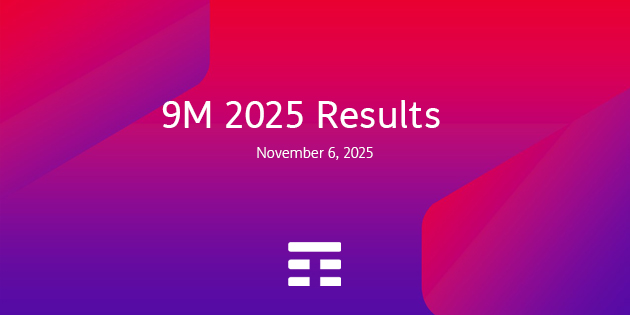Customer service is the new frontier of artificial intelligence. Contrary to what you might think, futuristic software doesn’t just meet the demands of consumers using customer service (whose role at the moment is limited). It has many other applications that constantly help improve the management of requests.
One example is the system used by British online supermarket Ocado, which receives around 10,000 emails from its customers every day. It uses artificial intelligence to identify which requests it should respond to with the most urgency – based on certain keywords and other factors. In this way, it’s possible to manage the flow of interactions based on their importance, helping human workers to provide a better service. "As with many artificial intelligence applications, it’s not about replacing humans. It’s about making their work more efficient," explained Ocado's chief technology officer, Paul Clarke.
A personal assistant for everyone
This is just one of the many ways using machine learning (the algorithm used by artificial intelligence systems) can help companies improve their customer support. An Italian example comes from TIM, which inaugurated a digital assistance channel last October, integrated with Google Assistant (and therefore also with the Google Home smart speaker). It’s now possible to access new TIM services through the virtual assistant and to find, for example, information relating to your profile, the offer you’ve signed up to and your telephone credit (other functions will be added). This new service works with the new MyTim app, which has been updated recently and enables you to manage all your information in complete autonomy. Artificial intelligence can also provide suggestions to customers who are visiting an online store.
A well-known example is Black Diamond, an e-commerce site for sports gear, who can offer personalised advice on which items are most suitable for each customer. To achieve this, the machine learning algorithm analyses, in a transparent way, past purchases, navigation history, and season, location and weather conditions, easily identifying what it can do for us. In other cases, a chatbot (a text-based interaction programme) asks us what we are looking for. For example, the clothing brand North Face uses IBM’s Watson software to ask detailed questions to those who are visiting the site (when they want to use a product, where, what for, etc.), narrowing the selection and only showing the products that could be of real interest.
According to calculations by Accenture, the use of these tools could offer growth potential of between 30 and 50%. With the constant evolution of artificial intelligence, the use of these tools for customer care is expected to grow rapidly: from 15% in 2017, it will reach 40% this year, and – according to estimates from analysts at Gartner – up to 75% in 2021. In short, algorithms will try to manage more and more requests on their own, but the work will continue to be supervised by human operators who are able to intervene as soon as they are needed.
Not just artificial intelligence
The impact of digital innovation in the field of customer experience is not limited to artificial intelligence. In fact, more and more companies are using all the available social media channels to interact with their customers quickly and directly, efficiently carrying out an ever-increasing amount of operations. An example of the new strategies to adopt in this area comes from TIM, the first telephone operator in Italy to have launched a WhatsApp customer support channel. Initially reserved for TIM Pay customers, the service provides an instant messaging platform for all assistance with TIM services.
Soon, you will also be able to use this tool for sending invoices, notifications of payment deadlines and much more. In summary, customer support is becoming increasingly digital, fast and functional. However, we must not forget the importance of traditional customer assistance, with human operators. Users may feel the need to interact directly with a person who can give them their full attention, especially in the most complex or urgent cases. But it’s thanks to the automation of customer experience – which enables us to process a large amount of requests quickly – that human operators will finally have all the time they need to take care of our requests, when we’re really in need.






